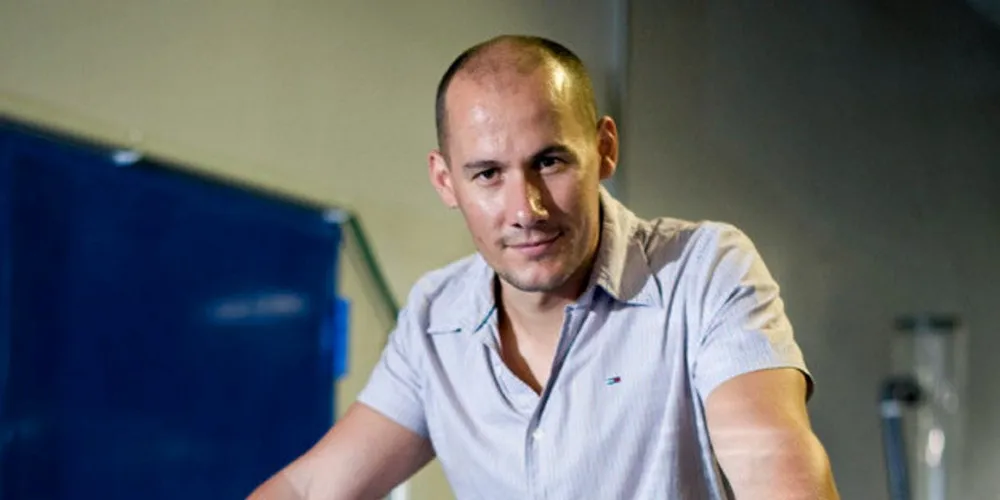EU land-based shrimp farmers team with Protix, others on insect-based feed
Through the partnership, the groups are implementing insect meal in their specially developed land-based shrimp feeds for the first time in Europe.

Through the partnership, the groups are implementing insect meal in their specially developed land-based shrimp feeds for the first time in Europe.
